These types of beetles are beneficial in your yard or garden
Published at | Updated at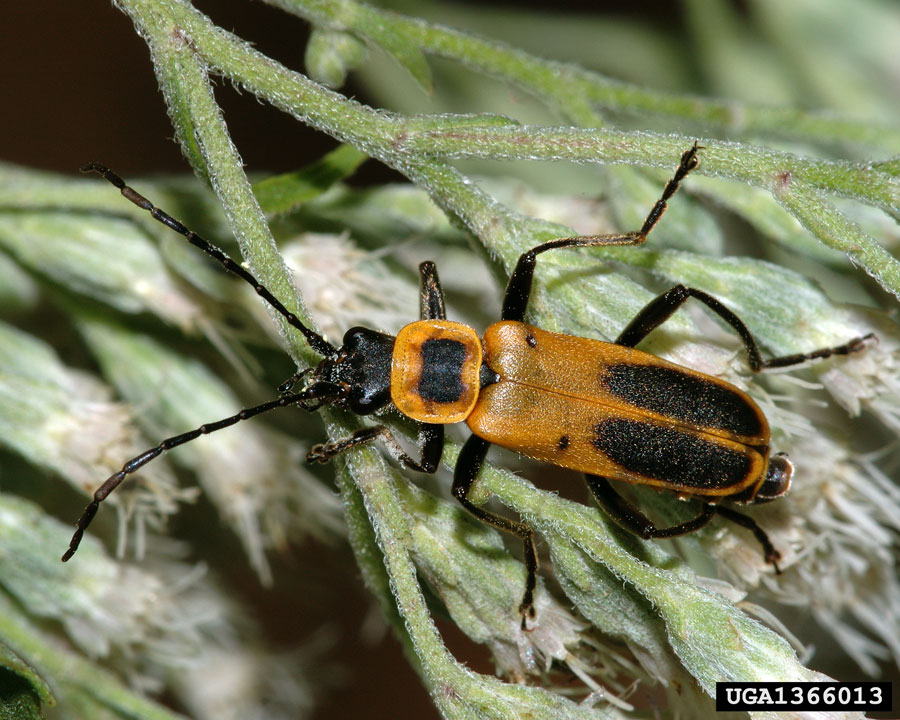
Sometimes people will call my office and ask what to do about all the bugs. Since 99.9% of insects are either beneficial or innocuous, the usual answer will be nothing.
Many insects are actually beneficial as predatory insects, parasitoids, pollinators, weed control and even decomposers.
One of the largest orders of insects is the beetle or “Coleoptera” order. You can probably think of a few beetles (which includes weevils) that are pests—alfalfa weevil, carpet beetle, root weevils, flatheaded borers, emerald ash borer, hollyhock weevil, etc.
There are many, many more that are beneficial. Here are just a few:
Ladybug beetle

Ladybugs (ladybirds, lady beetles) are a group of predaceous beetles. Adults and larvae are predaceous on aphids, mites, leafhoppers, scale insects, thrips and whiteflies. There are a couple of species in the ladybug family that feed on desirable plants, such as the Mexican bean beetle and the squash beetle, but I have yet to see them in eastern Idaho.
Collops beetle

Adults and larvae are predaceous. Collops beetle adults search through crops and feed on soft-bodied insects, caterpillars, Lygus bug nymphs, and other small insects. The larvae are active in the ground as predators of soil dwelling insects and grasshopper eggs.
Checkered beetle

Adults and larvae are predaceous. Almost all checkered beetles are predators of smaller insects. Some will feed on grasshopper egg pods. Others feed on tree boring insect larvae. A few feed on the larvae of bees.
Ground beetle complex
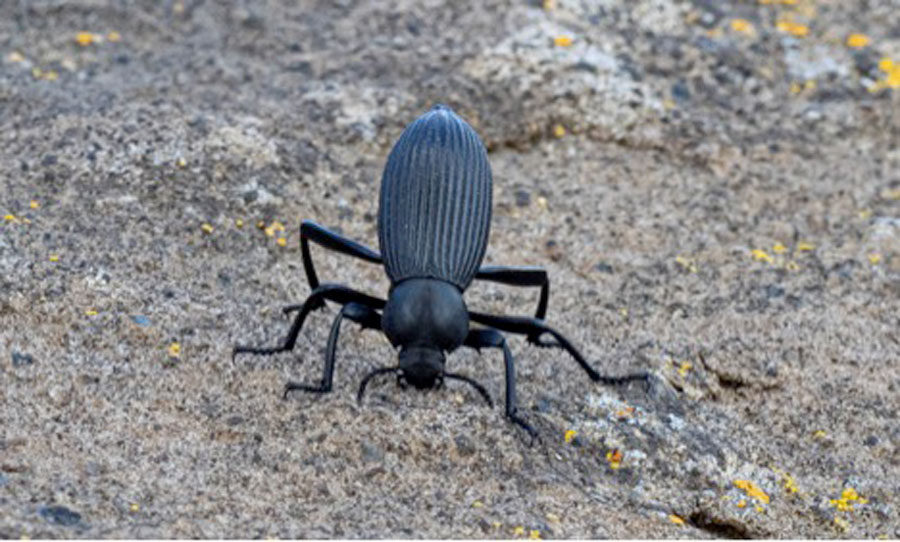
There are many ground beetle species that are predaceous as both larvae and adults. They can consume their body weight in aphids, beetles, caterpillars and grasshoppers daily.
Rove beetle

Rove beetles look more like earwigs without the pinchers. When disturbed they will often hold their abdomen up and look somewhat like a small scorpion. Rove beetle adults and larvae are very good predators of soil pests such as fungus gnats, slugs, snails, and the soil stages of thrips.
Soldier beetle

Soldier beetles feed at both the ground level and in plant canopies. Both larvae and adults are predaceous on aphids, slugs, snails, insect eggs, mealybugs, caterpillars, root maggot larvae and other soft-bodied insects.
Tiger beetle

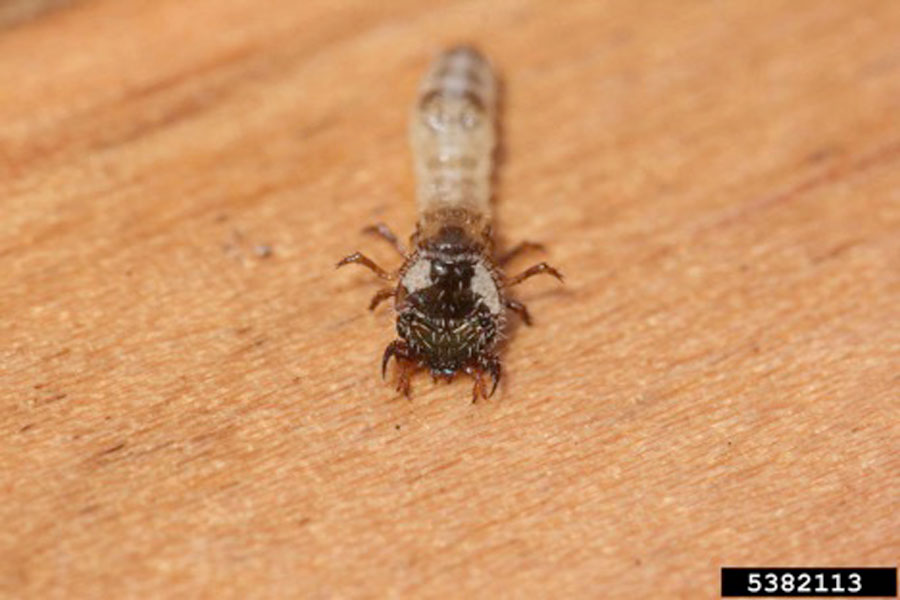
Tiger beetles are very fast, open-ground hunters. Both larvae and adults are predaceous. They feed on a wide variety of arachnids and insects such as ants, beetles, caterpillars, flies, and grasshopper nymphs.
Saltcedar leaf beetle
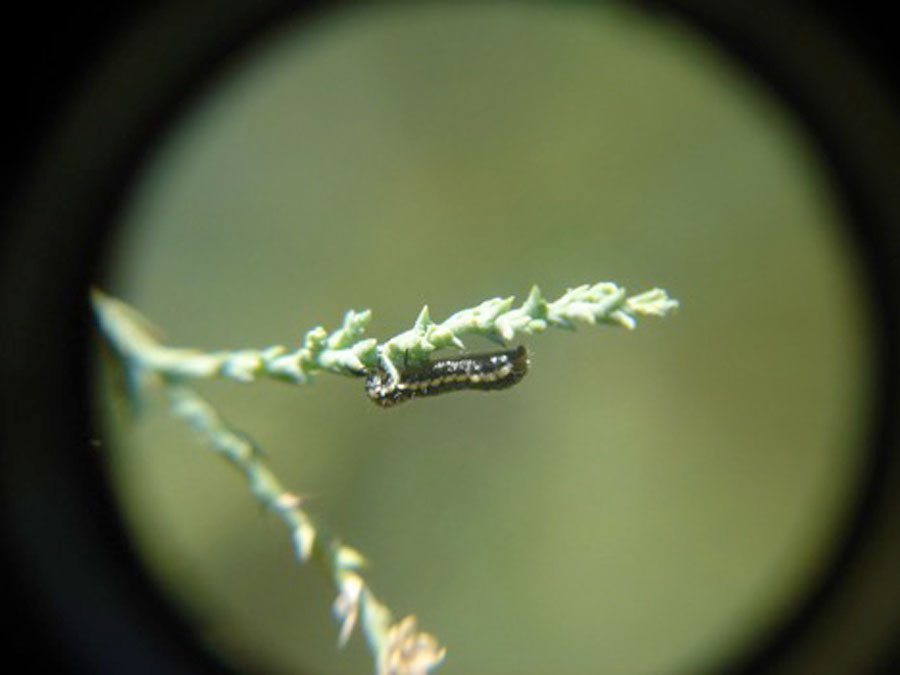

Both adults and larvae feed exclusively on saltcedar, or tamarisk.
Thistle-head weevil

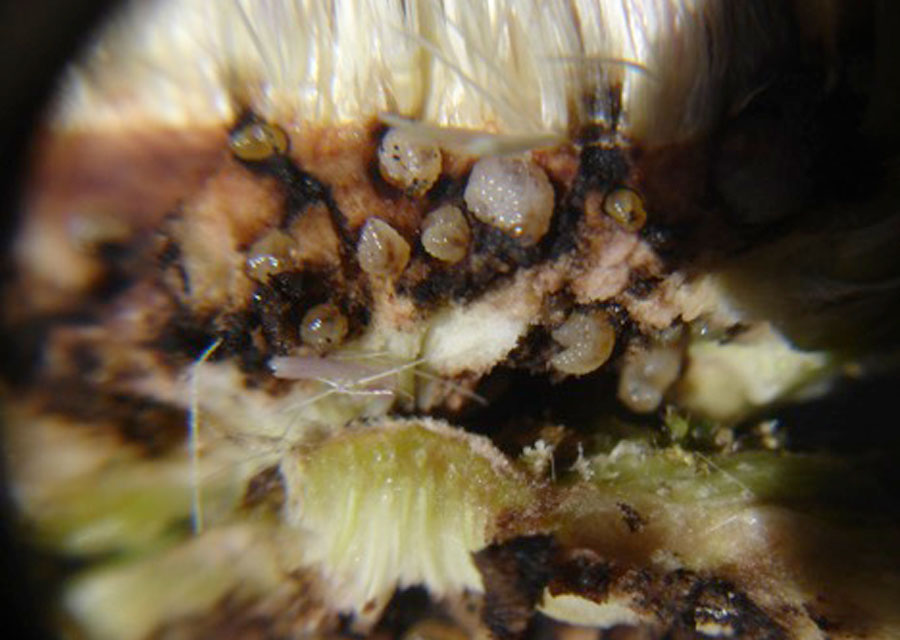
Adult females chew into young flower heads and lay their eggs. After hatching, larvae feed on the seeds of most biennial thistles. While they prefer musk thistle they will also feed on native biennial thistles, so their use is not encouraged.
Tortoise beetles

Tortoise beetles are plant-feeding beetles. A couple of species are specific to field bindweed and musk thistle.
Conserve and encourage beneficial Coleoptera
- Learn to differentiate between pest and beneficial insects.
- Avoid using broad-spectrum insecticides.
- Avoid soil fumigants.
- Provide a permanent, no-till, grass bank for ground-dwelling beneficial insects.
- Plan for summer-long blooms to provide pollen and nectar when prey insects are not present.
- Start pest control with a soft approach to reduce pest populations to the point that beneficial insects can maintain it.
- Use organic mulches.
- Plant cover crops.
- Don’t burn crop residue.
When you scout your flower beds and gardens, look for the good guys that will help with some of your pest issues.

In the Garden is sponsored by ProPeat, which is dedicated to delivering solutions for any of your professional fertilization needs. Whether you need to reduce the harm to soils and the environment, or you're interested in the latest nitrogen, carbon and biochemical technologies, ProPeat is the perfect fit.


